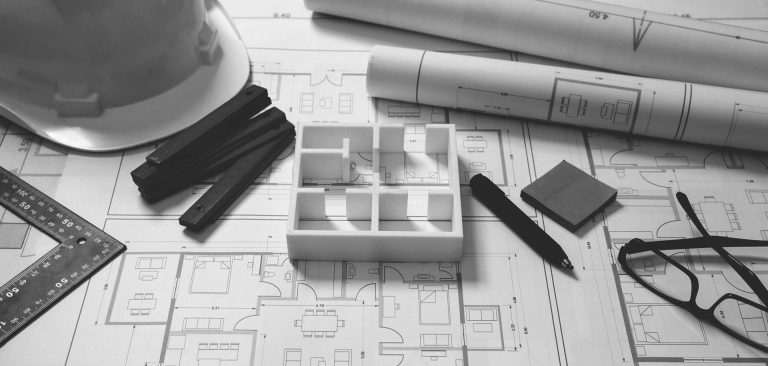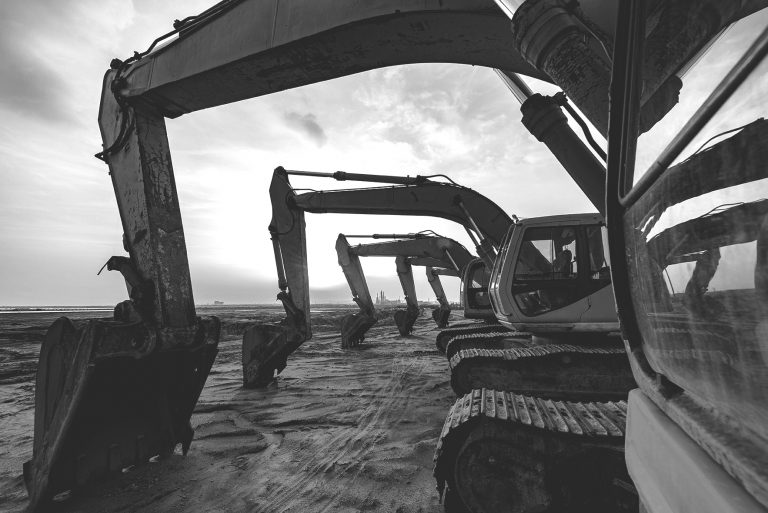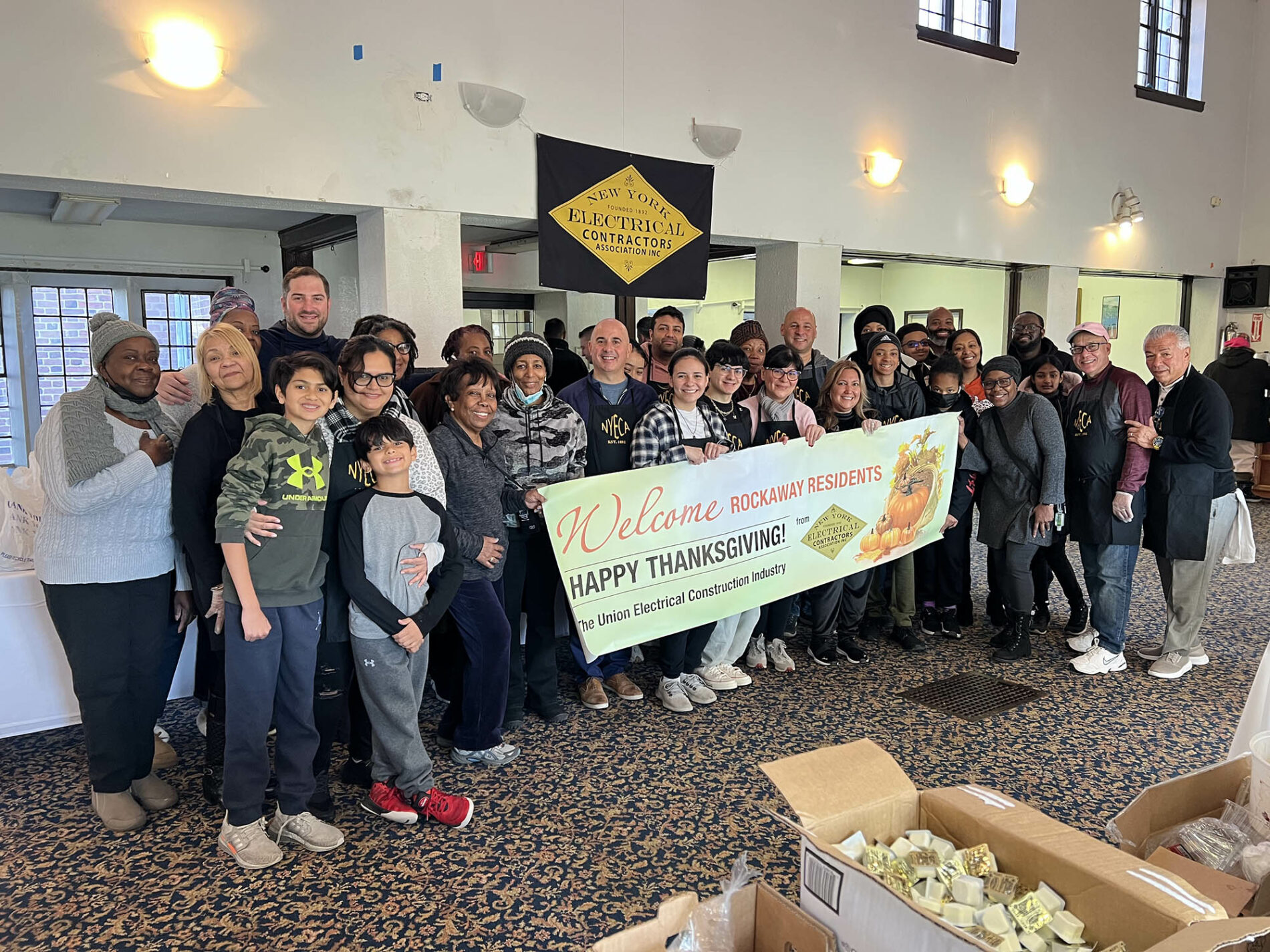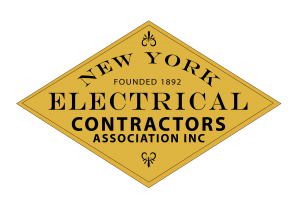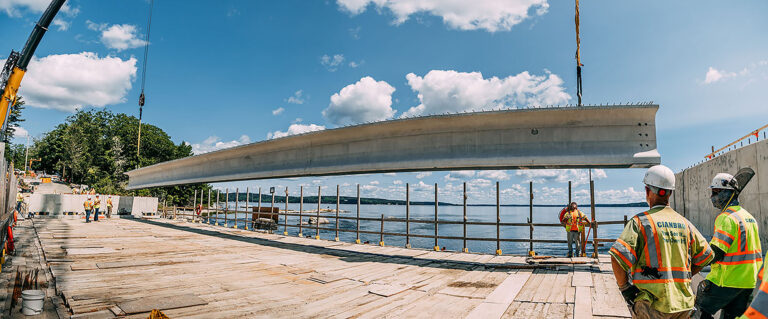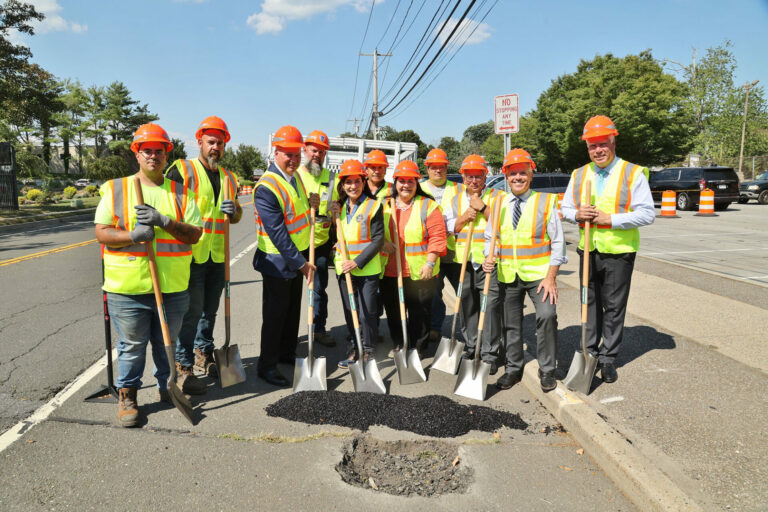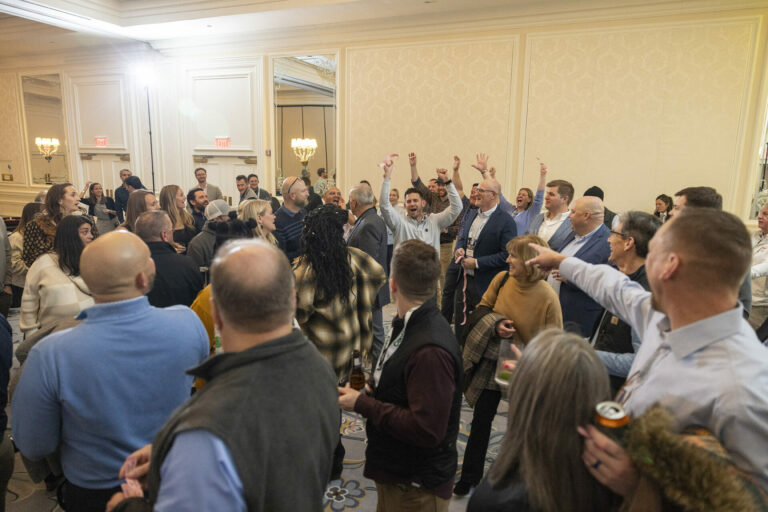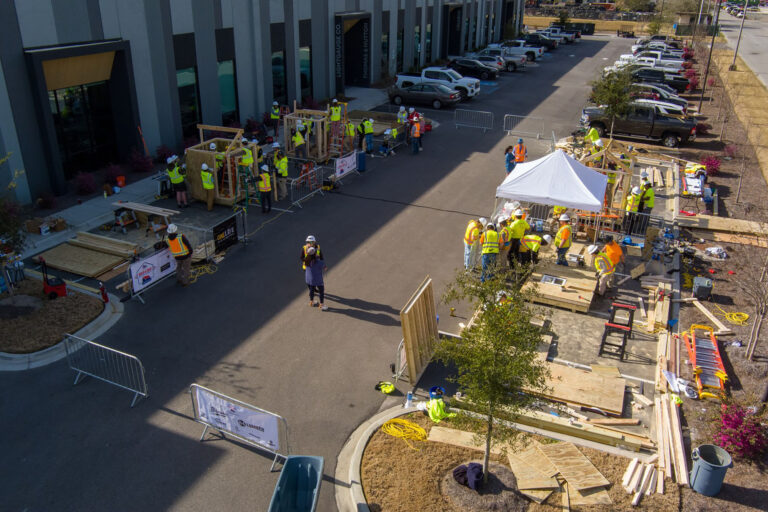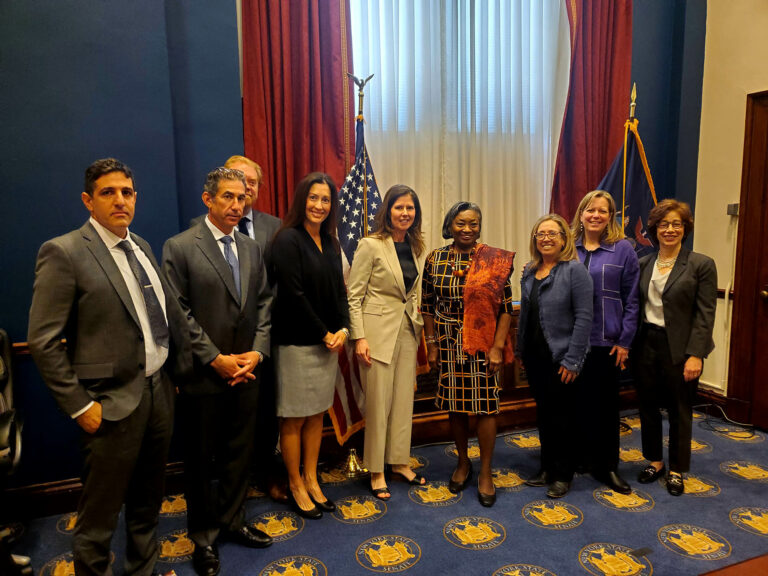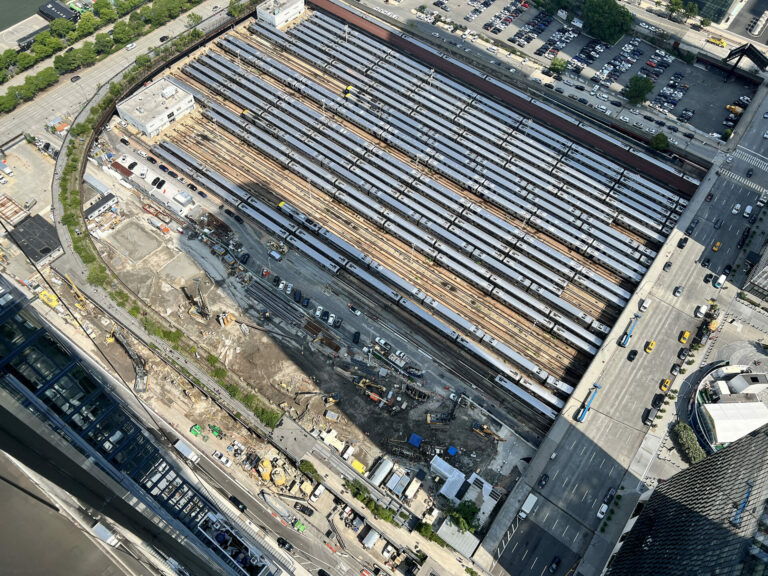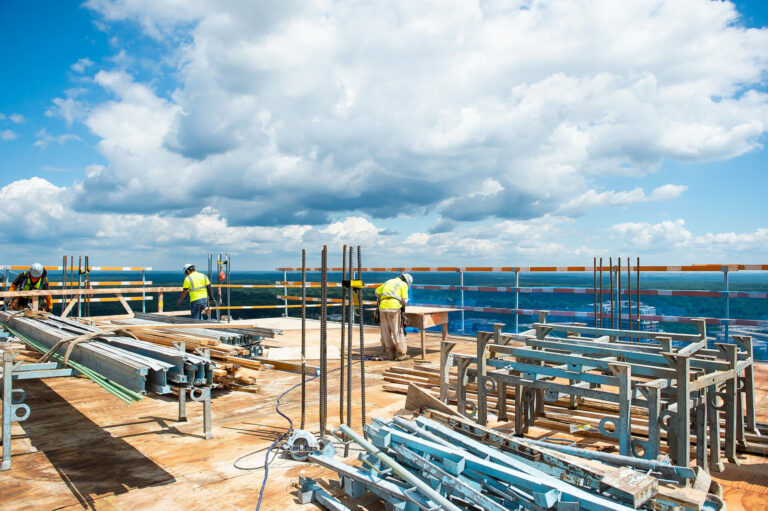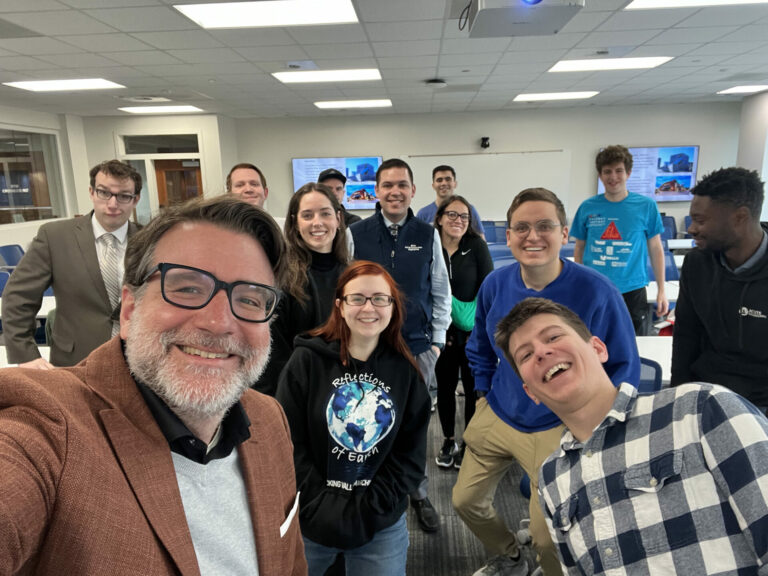For more than 130 years, the New York Electrical Contractors Association (NYECA) has been the backbone of unionized electrical work in New York City. Representing contractors who have signed agreements with Local Union No. 3, IBEW, NYECA is dedicated to ensuring fair labor practices, advocating for its members, and providing the essential education and training that keeps the city’s electrical industry thriving.
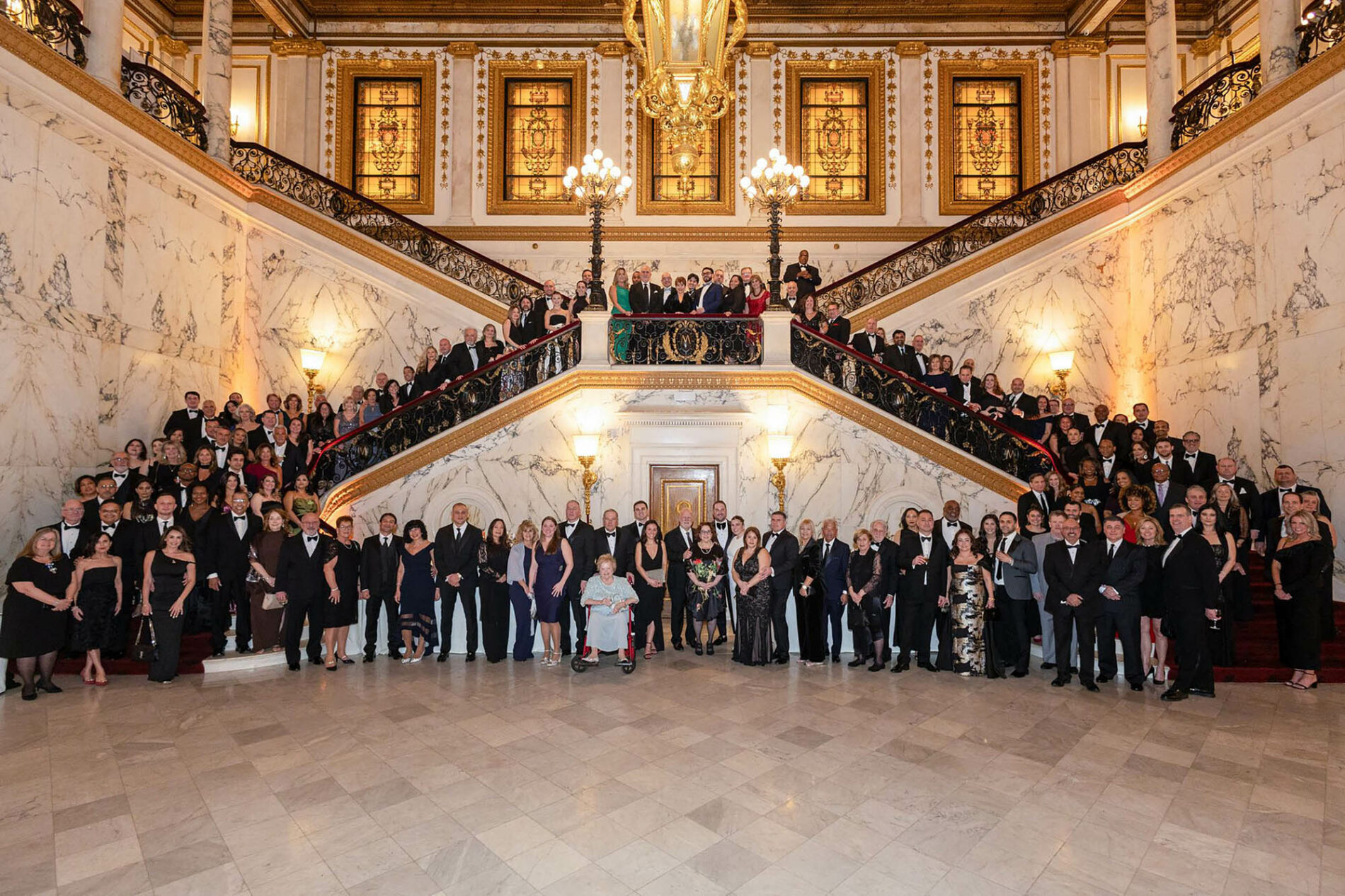
Founded in 1892, NYECA was created to unify electrical contractors under a common goal—securing a strong, skilled workforce through labor agreements. “It started as an organization of like-minded contractors looking for skilled electricians who found a partner in Local Union No. 3, IBEW and set up a labor management organization,” explains Peter Rescigno, Executive Secretary at NYECA. “They collectively bargained their way to getting a workforce and putting skilled electricians to work. This model developed in New York City by NYECA and Local Union No. 3, IBEW, where an organized group of contractors worked with an organized group of electricians, would generate the creation of contractor Associations across the country.”
The association plays a crucial role in negotiating collective agreements, which cover wages, different classification agreements , and working rules for Local Union No. 3, IBEW electricians. “These are things every union contractor must adhere to,” Rescigno adds.
NYECA’s long history is reflected in its members, some of whom have been part of the organization for over a century. “We have a photo in our office from one of the first our first board meetings in July 1901 ,” says Rescigno. “Two of our current members are still debating who has been with us the longest—it’s funny to see that kind of legacy still alive.”
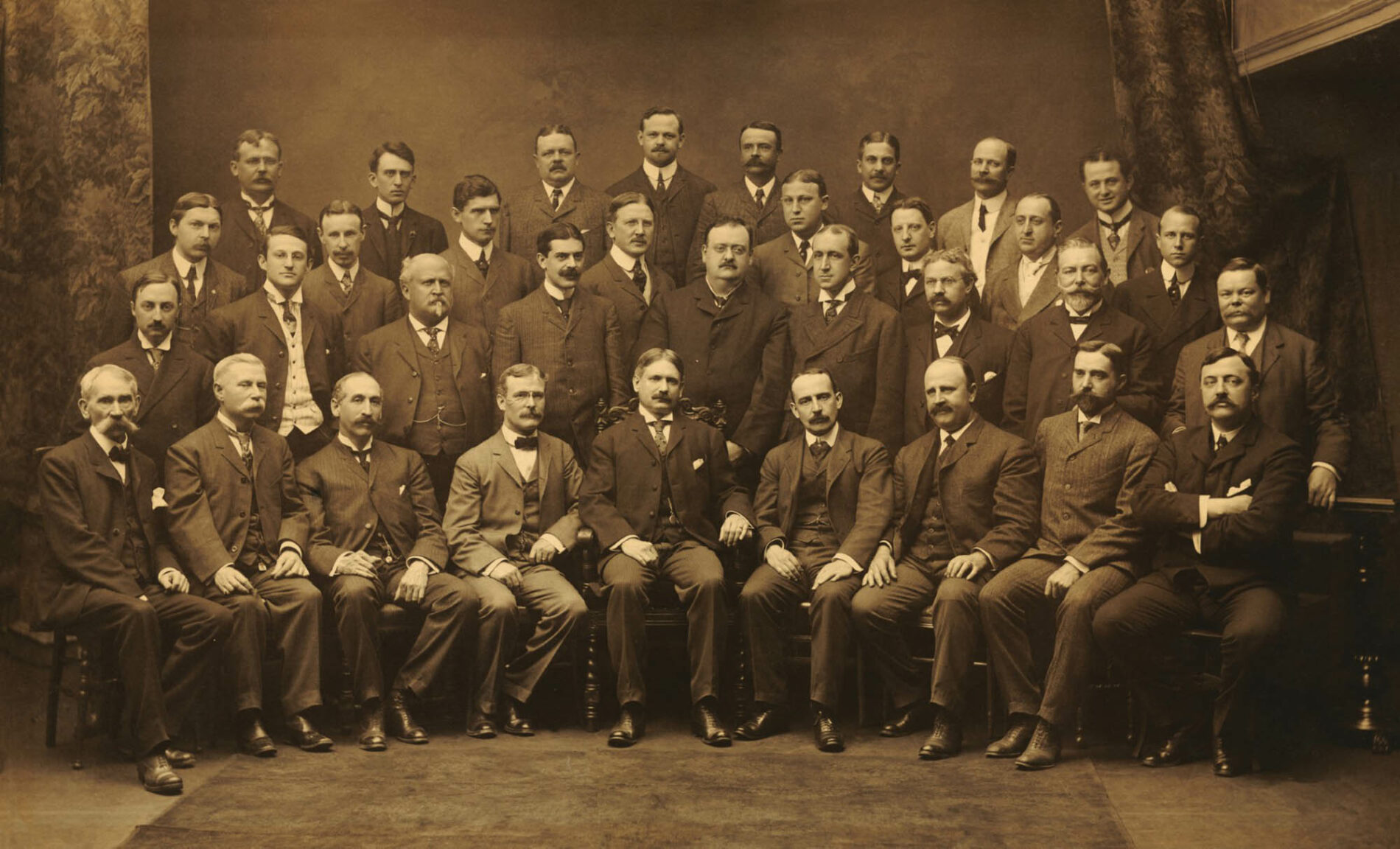
Throughout its history, NYECA has adapted to changing industry demands and labor challenges. As the construction industry evolves, so does the association, ensuring that the interests of its members are consistently met. The electrical contracting industry in New York City is unique in its scope and complexity, requiring a dedicated organization like NYECA to navigate its nuances effectively. The need for employers who hire a well-trained workforce has never been greater, and NYECA continues to rise to the occasion.
Beyond labor negotiations, NYECA is a powerful advocate for its members at the city, state, and federal levels. “We bridge the gap between local organizations and the National Electrical Contractors Association,” Rescigno explains. As the largest chapter of the national association, NYECA represents its contractors’ interests across legislative and regulatory discussions.
Currently, advocacy efforts focus on key industry issues such as streamlining workers’ compensation benefits, improving payment practices, and revising construction laws to create a more efficient and contractor-friendly work environment. “Right now, we’re evaluating the governor’s budget proposals and pushing for reforms in areas like scaffold safety and prompt payment laws,” Rescigno says.
“Right now, we’re evaluating the governor’s budget proposals and pushing for reforms in areas like scaffold safety and prompt payment laws.”
NYECA has also been instrumental in updating the New York City Electrical Code, ensuring it aligns with the city’s unique challenges. “Given the complexity of working in New York—vertical construction, tight spaces—the national electrical code doesn’t always apply,” says Rescigno. “We worked closely with the Department of Buildings and City Council to pass amendments that reflect NYECA members and the City’s needs.
At the federal level, NYECA actively advocates for project labor agreements and protections for Davis-Bacon prevailing wage laws. These agreements ensure that public projects provide fair wages and maintain a highly skilled workforce. As policies shift with different administrations, NYECA remains steadfast in its commitment to representing its members’ best interests. “Depending on which way the wind blows and what’s going on with our elected officials, we always try to advocate for a business-friendly approach to problems, with solutions that favor union electrical contractors,” Rescigno states.
One of NYECA’s primary missions is workforce development. Every year, the association provides over 45 classes, focusing on project management, executive training, and technical education. Additionally, with Local 3, IBEW, NYECA supports our Local Joint Apprenticeship program designed to attract new talent into the industry.
Rescigno notes that while the skilled labor shortage is a growing concern nationwide, NYECA’s strong ties to Local 3 have so far helped mitigate the issue. However, with numerous large-scale projects on the horizon, the demand for skilled electricians could soon outpace supply.
To address this, NYECA supports a range of workforce initiatives, including the Non-Traditional Employment for Women (NEW) program, Construction Skills training for low-income communities, and Helmets to Hardhats, a veteran-focused apprenticeship programs. “About 40% of our incoming apprentices come from these programs,” Rescigno highlights. “We also hold open enrollment every few years to recruit new talent to the industry.”
These programs not only help address labor shortages but also promote diversity and inclusion within the industry. Women and underrepresented groups are finding greater opportunities in electrical contracting, thanks in part to NYECA’s commitment to expanding access to training and employment.
Safety remains a top priority for NYECA, which consistently goes beyond legal requirements to protect workers on the job. “Construction is one of the most dangerous industries in the country, and electrical work is no exception,” says Rescigno.
NYECA holds quarterly safety meetings with contractors, OSHA representatives, safety vendors, and regulatory bodies to discuss best practices and accident prevention. “Our goal is always zero accidents,” Rescigno emphasizes. “We want every worker, who works for a NYECA member, to go home safely.”
Beyond physical safety, NYECA is also tackling mental health issues in the industry. “Construction has one of the highest suicide rates in the country,” Rescigno points out. “We’re focusing on awareness and providing mental health support to those in need.”
NYECA has also taken proactive steps to enhance workplace safety through improved personal protective equipment (PPE). For instance, they have pushed for increased funding to supply fire-retardant cloths and cut-resistant gloves to help prevent injuries. “Having all of our partners on board with safety initiatives is crucial,” Rescigno says. “We want to prevent accidents before they happen.”
Looking ahead, NYECA is involved in green energy initiatives, including offshore wind projects and sustainability-focused retrofits. The city’s Climate Mobilization Act requires drastic reductions in carbon emissions, and NYECA contractors are at the forefront of this transformation—installing LED lighting, EV charging stations, and solar panels on city-owned buildings.
However, the transition to renewable energy remains uncertain due to shifts in federal policies. “We’re in a state of flux between administrations,” says Rescigno. “We’re ready to move forward with offshore wind and other initiatives, but until there’s clarity from Washington, we’re playing a waiting game.”
Despite these uncertainties, NYECA remains committed to advancing the industry, supporting its contractors, and shaping the future of electrical work in New York City. As Rescigno puts it, “Our job is to be an extension of our members’ offices—advocating, educating, and ensuring they have the tools to succeed.”
As NYECA continues to adapt to the evolving industry landscape, one thing remains certain: the association will remain a steadfast advocate for its members, ensuring they have the resources, support, and workforce necessary to power New York City for generations to come.



